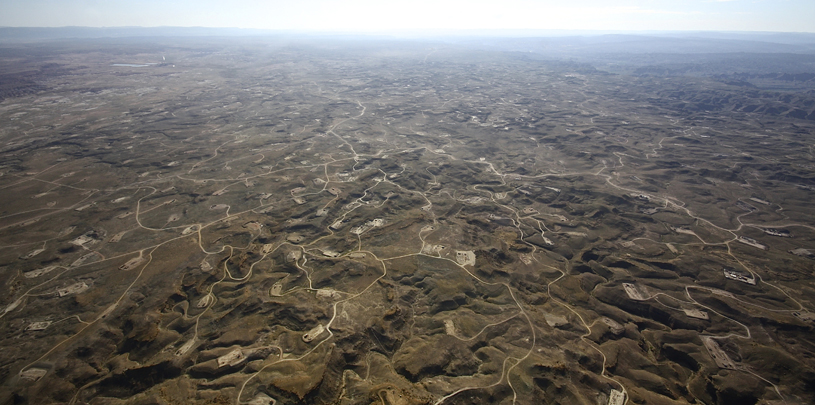
Islands evoke visions of diversity: strange trees, magnificent reptiles, beautiful flowers, resplendent birds. Much of this diversity is due to an island's physical isolation from other islands and the mainland - and the competitive pressures of natural selection on each.
But isolation also makes islands vulnerable to threats that can overwhelm an ecosystem, like the arrival of non-native species. Non-native snakes, rats, and even mosquitos have decimated biodiversity on many of the world’s islands; for the natural balance to restore, man's help is sometimes necessary. But other times, it's man who created the problem.
Urban expansion, energy development, industrial forestry, and even livestock grazing can also create "islands" in mainland habitats. Scientists are finding that these islands also can be vulnerable to biodiversity and species loss, and that keeping them connected can reduce that risk.
Dr. Stuart Pimm, "an expert in extinctions," studies the effects of man-made forest islands on biodiversity. He says:
From our work... in the Amazon on forest "islands" we know how quickly species are lost from forest fragments of different sizes. These studies quickly tell us that preventing forest fragmentation and reconnecting fragments is going to be a potent means of preventing extinctions.
On the Colorado Plateau, these same principles apply. Many factors - roads, mines, fencing - threaten to sever existing connections between islands of protected land like the Grand Canyon and Grand Staircase, or Canyonlands and Bryce Canyon.
When we study connectivity, we can gauge the potential impacts to biodiversity from land uses, and adjust development plans to prevent these future problems. We can give “big picture” context for local proposals that better address the needs of all interested parties.
For example, on the Kane and Two Mile Ranches, we’re working with our partners to develop models that inform how landscape change affects connectivity for species like puma, bobcat, pronghorn, and mule deer.
Alongside data on projected climate change, fire, and non-native species invasion, we use that information to assess wildlife and plant life vulnerability to climate change and develop adaptation strategies accordingly. We also share our research with local and state leaders, conservation organizations, business developers, and the interested public so that everyone can better understand why protecting habitat connectivity and connecting existing habitat islands is so important.
Stay tuned.
As 2024 draws to a close, we look back at five maps we created this year that give us hope for 2025.
Read MoreA small victory in the legal case challenging Daneros uranium mine, near Bears Ears National Monument.
Read MoreMugs, handmade soaps, high fashion, jewelry and more. There's something for everyone on your holiday shopping list.
Read More